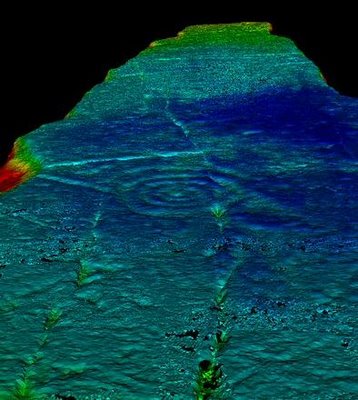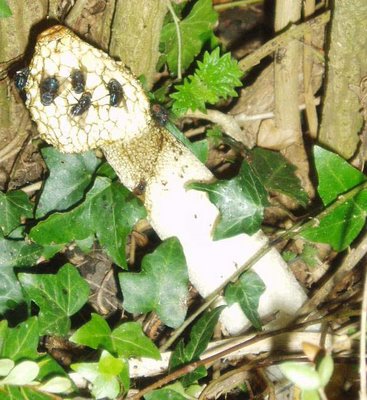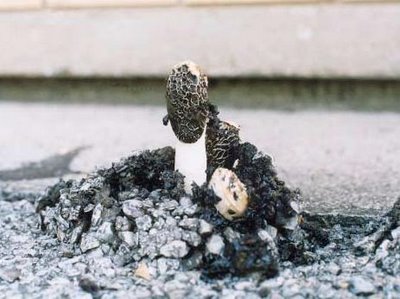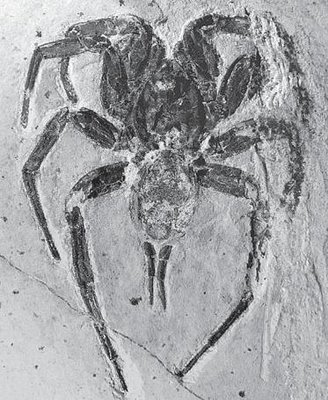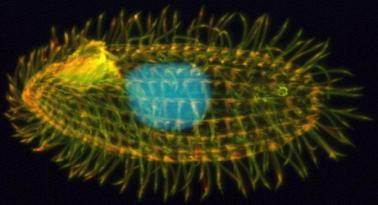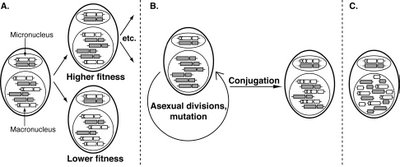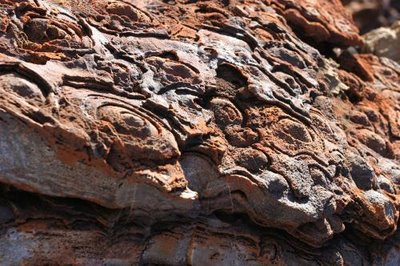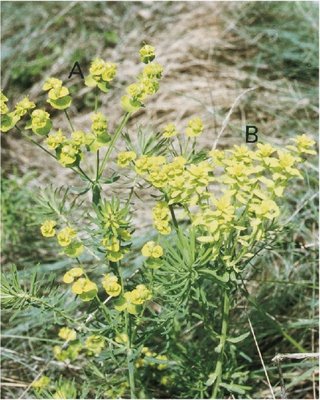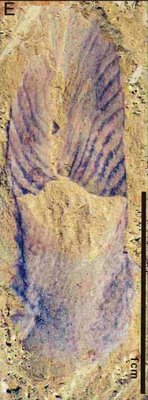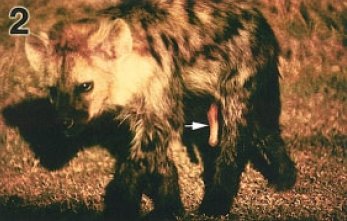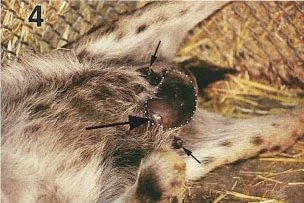Or rather moths join the club of declining species. I have mentioned
butterflies and
beetles before and now there is long term data on moths. I found this article in the Guardian:
Moths' decline may herald crisis in UK biodiversity"Conservationists are warning of an impending crisis in British biodiversity after recording dramatic countrywide declines in some of the most common moth species. Records spanning nearly four decades show two-thirds of the country's most popular moths are declining, amounting to about 220 separate species. Numbers of 71 species, more than a fifth of the total, have plummeted by a third in the past decade.
Ecologists at the government's agricultural institute, Rothamsted Research, in Hertfordshire, said the figures added to an already gloomy picture of British biodiversity, which has seen sharp declines in bumble bees and butterflies. Fears have now taken hold that the seemingly relentless loss of insects will have a knock-on effect on birdlife.
Researchers used a network of 95 light traps, most of which have been in place since 1968, to study populations of insects drawn to the glow of the traps' lamps.
The records show that some species, including the dusk thorn and hedge rustic, have declined by more than 90% in the past 35 years.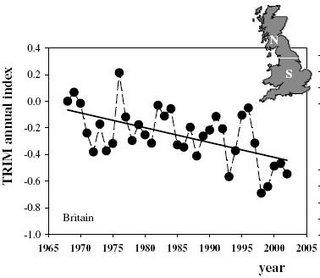 A graph showing the decline in British moths (33%). This is an average, there was no significant change in the 'north' but a greater decline in the 'south' (44%) from (1).
A graph showing the decline in British moths (33%). This is an average, there was no significant change in the 'north' but a greater decline in the 'south' (44%) from (1).
"The thought that these species are declining so severely is shocking. You have to remember these are, or were, common species - they're not considered rare," said Kelvin Conrad, a population ecologist who led the study, which is due to appear in the journal Biological Conservation.
The researchers divided Britain into three sections by first drawing a horizontal line across the country at the level of the Humber river. They then split the southern regions with a line running down from the Pennines.
The scientists discovered that moths local to the south-east fared worst, suffering the most species declines.
In the north, far fewer species were threatened, but the populations of those that were fell spectacularly. The south-west, including Wales, Cornwall and Devon, had the most stable populations of moths.
Dr Conrad blames a general and widespread degradation of the moths' natural habitat for the bulk of the losses, but added that climate change, light pollution and farming practices had all taken their toll.
Studies of the garden tiger moth found that climate change, in the guise of warmer, wetter winters, had gradually forced the moths to retreat from the south-east to cooler territories.
Light pollution, a term used to describe night-time lighting from office blocks and roadside lamps, is thought to disrupt moths' behaviour, either by attracting them or by fooling them into thinking it is daytime.
The findings add to recent reports that nearly three-quarters of butterfly populations in Britain have crashed as their habitats have become damaged and fragmented.
"We have now got good data on moths and butterflies, and we know bumble bees are in trouble. All the studies now point to the same thing, that we are losing many of our insect species in Britain," said Dr Conrad.
Ecologists fear that if the decline in insects is widespread, bird populations will be next to be hit. In the past 100 years, three breeding bird species have disappeared from Britain, the Kentish plover, wryneck, and red-backed shrike.
A recent study from Stanford University concluded that some 10% of the world's bird population will have become extinct by the end of the century, with a further 15% close to the brink."
Refs:
1) Rapid declines of common, widespread British moths provide evidence of an insect biodiversity crisis
Kelvin F. Conrad, Martin S. Warren, Richard Fox, Mark S. Parsons and Ian P. Woiwod
Biological Conservation
Volume 132, Issue 3 , October 2006, Pages 279-291The State of Britain's MothsLarge-Scale Temporal Changes in Spatial Pattern During Declines of Abundance and Occupancy in a Common Moth
Kelvin F. Conrad Contact Information, Joe N. Perry, Ian P. Woiwod and Colin J. Alexander
Journal of Insect Conservation, Volume 10, Number 1, March 2006Update: bootstrap-analysis has a post on extictions that mentions the moth study: 'sunday times: extinction, coming soon to a planet near you'
